What is the difference between 201 stainless steel and 304 stainless steel?
 What is the difference between 201 st...
What is the difference between 201 st...Steel is composed of various chemical components, iron (Fe) is the basic element, followed by carbon (C) and other elements, various chemical elements have different effects on the properties of steel.


Carbon is the main element next to iron, which directly affects the strength, plasticity, toughness and weldability of steel.
When the carbon content in the steel is below 0.8%, the strength and hardness of the steel increase as the carbon content increases, while the ductility and toughness decrease; but when the carbon content is above 1.0%, as the carbon content increases increase, the strength of the steel decreases.

With the increase of carbon content, the weldability of steel deteriorates (for steel with carbon content greater than 0.3%, the weldability decreases significantly), cold brittleness and aging sensitivity increase, and atmospheric corrosion resistance decreases.
![]()
Silicon is a kind of deoxidizer, its deoxidizing effect is stronger than that of manganese, and it is a beneficial element in steel. When the silicon content is low, the strength of the steel can be improved, but it has no obvious effect on the plasticity and toughness, but when the silicon content exceeds 0.8%~1.0%, the plasticity decreases, especially the impact toughness decreases significantly.
![]()
Low carbon steel with silicon content of 1% to 4% has extremely high magnetic permeability, and is often used in electrical industry and silicon steel sheets. However, as the silicon content increases, the weldability of the steel decreases.

Manganese is added to steel as an element for deoxidation and sulfur removal, and is a beneficial element in steel.
Manganese has strong deoxidation and desulfurization ability, and it can combine with sulfur to form MnS, thereby eliminating the harmful effects of sulfur to a considerable extent and significantly improving the hot workability of steel.
At the same time, manganese has a good influence on the mechanical properties of carbon steel, and it can improve the hardness, strength and wear resistance of steel. The manganese content is less than 0.8%, which can greatly improve the yield limit and strength limit of carbon steel while maintaining (or only slightly reducing) the original plasticity and impact toughness.
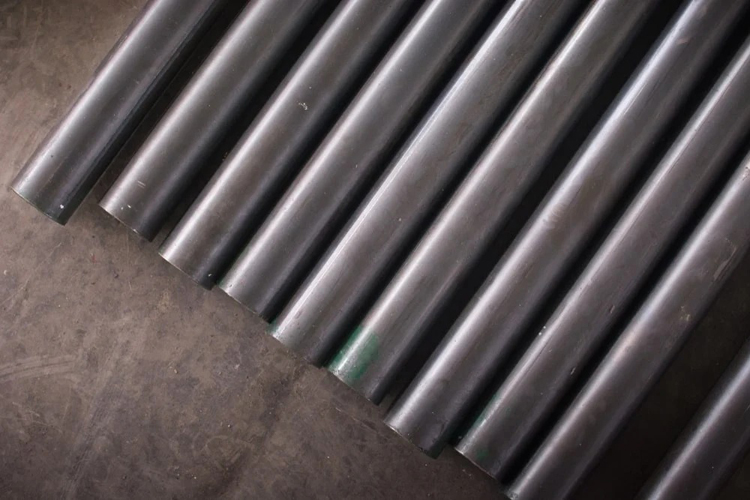
Manganese also has an effect on the weldability of steel. When the manganese content is very low, manganese mainly plays the role of eliminating hot brittleness. At this time, the influence of manganese on welding performance, especially when the sulfur content is slightly higher, is beneficial; but when the manganese content is far more than the elimination of hot brittleness At the necessary content, the excess manganese will significantly increase the supercooling ability of the austenite. At this time, manganese mainly plays the role of increasing the formation of cold cracks, which will make the weldability of the steel worse.
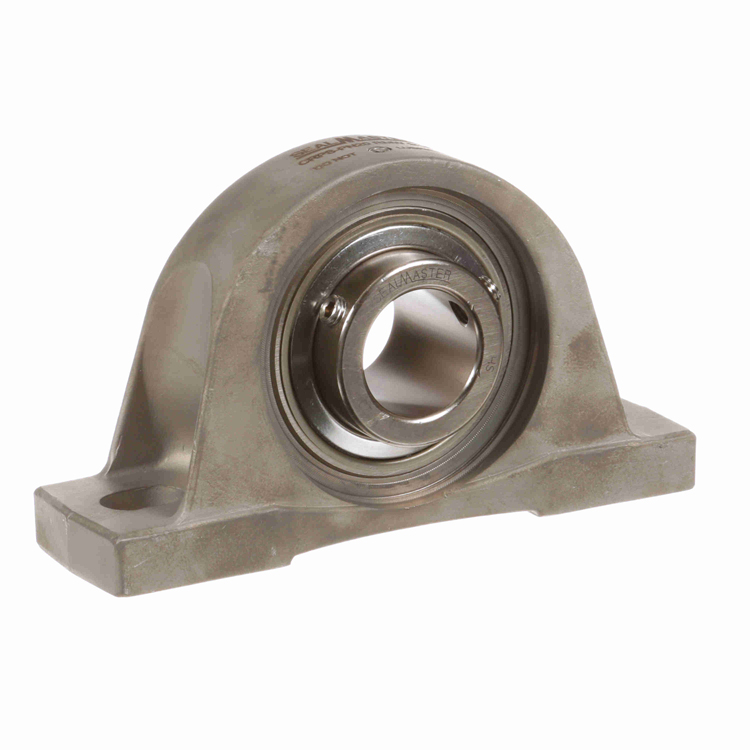
Phosphorus is a harmful impurity that is difficult to remove in steel, which can cause the cold brittleness of steel to increase and damage the weldability of steel. The reason for "cold brittleness" is that phosphorus forms the hard and brittle compound Fe2P.
In addition, phosphorus can improve cutting performance and corrosion resistance, so the phosphorus content can be appropriately increased in free cutting or weathering steel.

Sulfur mainly comes from steelmaking raw materials, and it is difficult to remove it during steelmaking. Sulfur exists in steel in the form of sulfide inclusions, which adversely affects the plasticity, toughness, weldability, thickness direction properties, fatigue properties and corrosion resistance of steel.

Among them, the most harmful is the formation of FeS with iron, and the formation of Fe-FeS binary low melting point eutectic, which causes the steel to become brittle and easy to crack at 800~1200 °C, that is, "hot brittleness".
Oxygen is a harmful impurity element. Almost all of the oxygen in the steel exists in the form of oxides. The total amount of various oxides in the steel increases with the increase of the oxygen content. These oxide impurities have various effects on the mechanical properties of the steel. Negative Effects.
As the oxygen content in the steel increases, the plasticity and impact toughness of the steel decrease, and oxide inclusions reduce the corrosion resistance and wear resistance of the steel, making the cold stamping, forging and machinability worse.

The effect of nitrogen on the properties of steel is similar to that of carbon and phosphorus. With the increase of nitrogen content, the strength of the steel can be significantly improved, the plasticity, especially the toughness, can also be significantly reduced, the weldability will become worse, and the cold brittleness will increase; at the same time, the aging tendency and Cold brittleness and hot brittleness, damage the welding performance and cold bending performance of steel. Therefore, the nitrogen content in the steel should be minimized and limited. It is generally stipulated that the nitrogen content should not be higher than 0.018%.
Nitrogen can reduce its adverse effects with the combination of aluminum, niobium, vanadium and other elements, improve the properties of steel, and can be used as an alloying element for low-alloy steel.

Hydrogen is also a harmful element in steel. Like oxygen and nitrogen, the solubility of gas elements in solid steel is extremely small. They dissolve into molten steel at high temperatures, and when cooled, they cannot escape and accumulate in the structure to form high-pressure fine pores, which increase the plasticity, toughness and fatigue strength of steel. Sharply reduced, it will cause cracks and brittle fractures in severe cases, and it is a harmful element that must be strictly controlled.
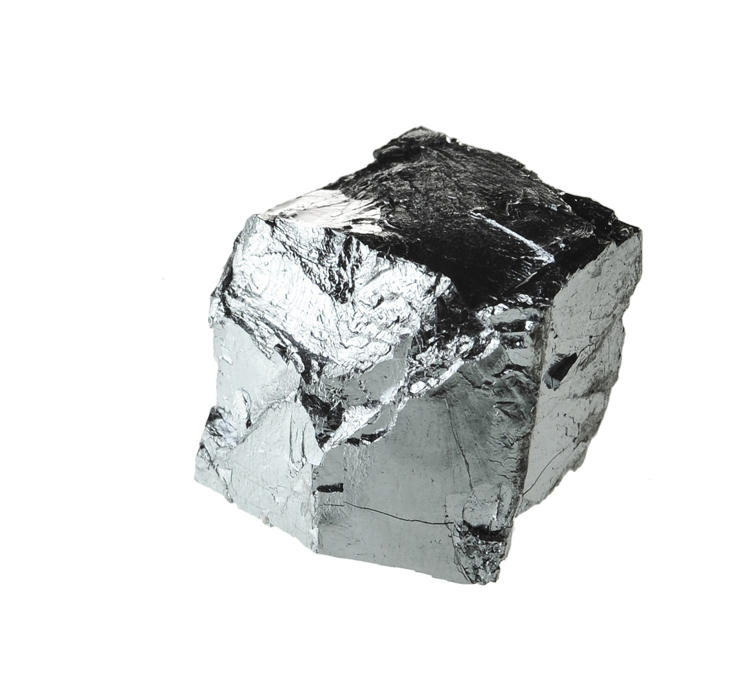
Chromium can significantly increase steel strength, hardness and wear resistance, but at the same time reduce ductility and toughness. Chromium can also improve the oxidation resistance and corrosion resistance of steel, so it is an important alloying element for stainless steel and heat-resistant steel.

Nickel can increase the strength of steel while maintaining good plasticity and toughness. Nickel has high corrosion resistance to acid and alkali, rust and heat resistance at high temperature.

Aluminum can refine the grains of steel, improve hardenability and thermal strength, and maintain sufficient strength and creep resistance at high temperatures (deformation caused by stress at high temperatures for a long time is called creep). The addition of molybdenum to structural steel can improve mechanical properties, and can also inhibit the brittleness of alloy steel caused by fire.

Titanium is a strong deoxidizer, which can make the internal structure of steel compact, refine grains, reduce aging sensitivity and cold brittleness, and improve welding performance. Adding an appropriate amount of titanium to some austenitic stainless steels can avoid intergranular corrosion.

Vanadium is an excellent deoxidizer for steel. Adding 0.5% vanadium to the steel can refine the microstructure and grains and improve the strength and toughness. Carbides formed by vanadium and carbon can improve the resistance to hydrogen corrosion under high temperature and high pressure.
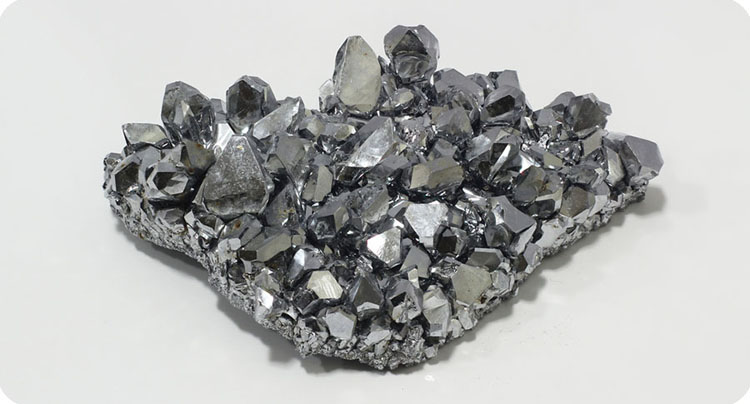
Niobium can refine the grain and reduce the overheating sensitivity of the steel, increasing the strength, but the ductility and toughness have decreased. Adding niobium to ordinary low alloy steel can improve the resistance to atmospheric corrosion and hydrogen, nitrogen and ammonia corrosion at high temperature. Niobium also improves weldability. The addition of niobium to austenitic stainless steel can prevent intergranular corrosion.
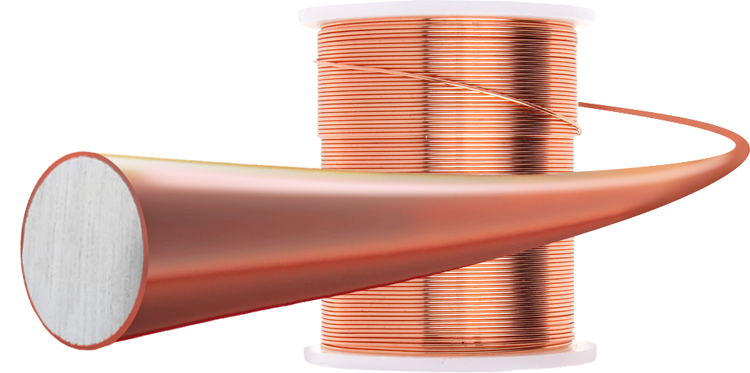
Copper can improve strength and toughness, and has good resistance to atmospheric corrosion. The disadvantage is that it is easy to produce hot brittleness during hot working, and the plasticity decreases significantly when the copper content exceeds 0.5%. When the copper content is less than 0.5%, it has no effect on the welding performance.
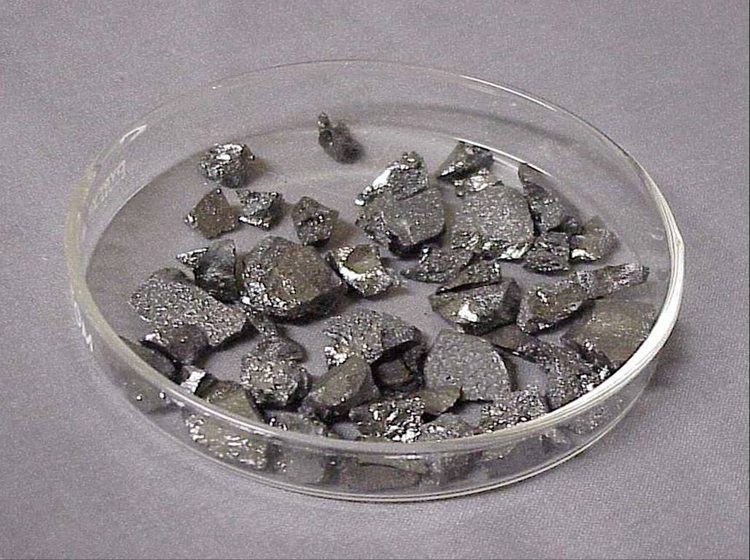
The addition of a trace amount of boron to the steel can improve the compactness and hot rolling properties of the steel and increase the strength.

Aluminum is a commonly used deoxidizer in steel. A small amount of aluminum is added to the steel to refine the grains and improve the impact toughness. Aluminum also has anti-oxidation and anti-corrosion properties. The combination of aluminum, chromium and silicon can significantly improve the high-temperature peeling properties and high-temperature corrosion resistance of steel. The disadvantage of aluminum is that it affects the hot workability, weldability and machinability of steel.
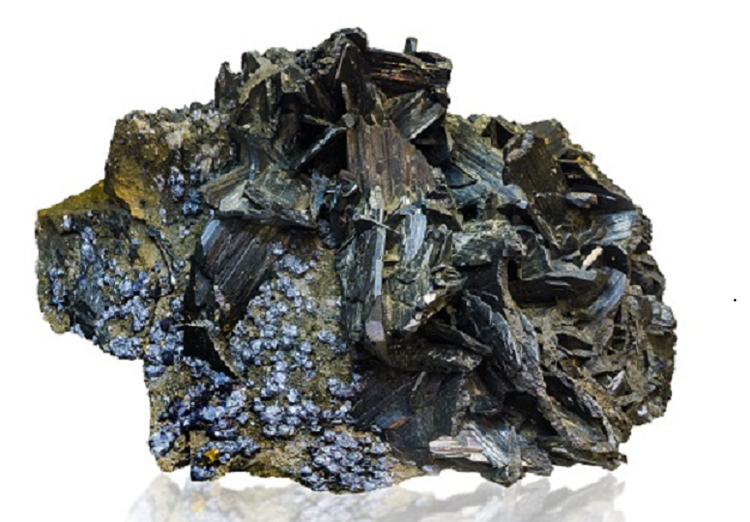
Tungsten has a secondary hardening effect, which makes the steel red-hardened, improves wear resistance, and has similar effects on hardenability, tempering stability, mechanical properties and thermal strength of steel as molybdenum, slightly reducing the oxidation resistance of steel .

Lead can improve machinability. Lead free cutting steel has good mechanical properties and heat treatment. Lead has a tendency to be gradually replaced due to environmental pollution and harmful effects in the recycling and smelting process of scrap steel.
 What is the difference between 201 st...
What is the difference between 201 st... Why is 316 stainless steel better tha...
Why is 316 stainless steel better tha... 400 series stainless steel science
40...
400 series stainless steel science
40... How to distinguish the processing tec...
How to distinguish the processing tec... Non-standard design materials of bras...
Non-standard design materials of bras... What type of titanium alloy does Tc4 ...
What type of titanium alloy does Tc4 ...